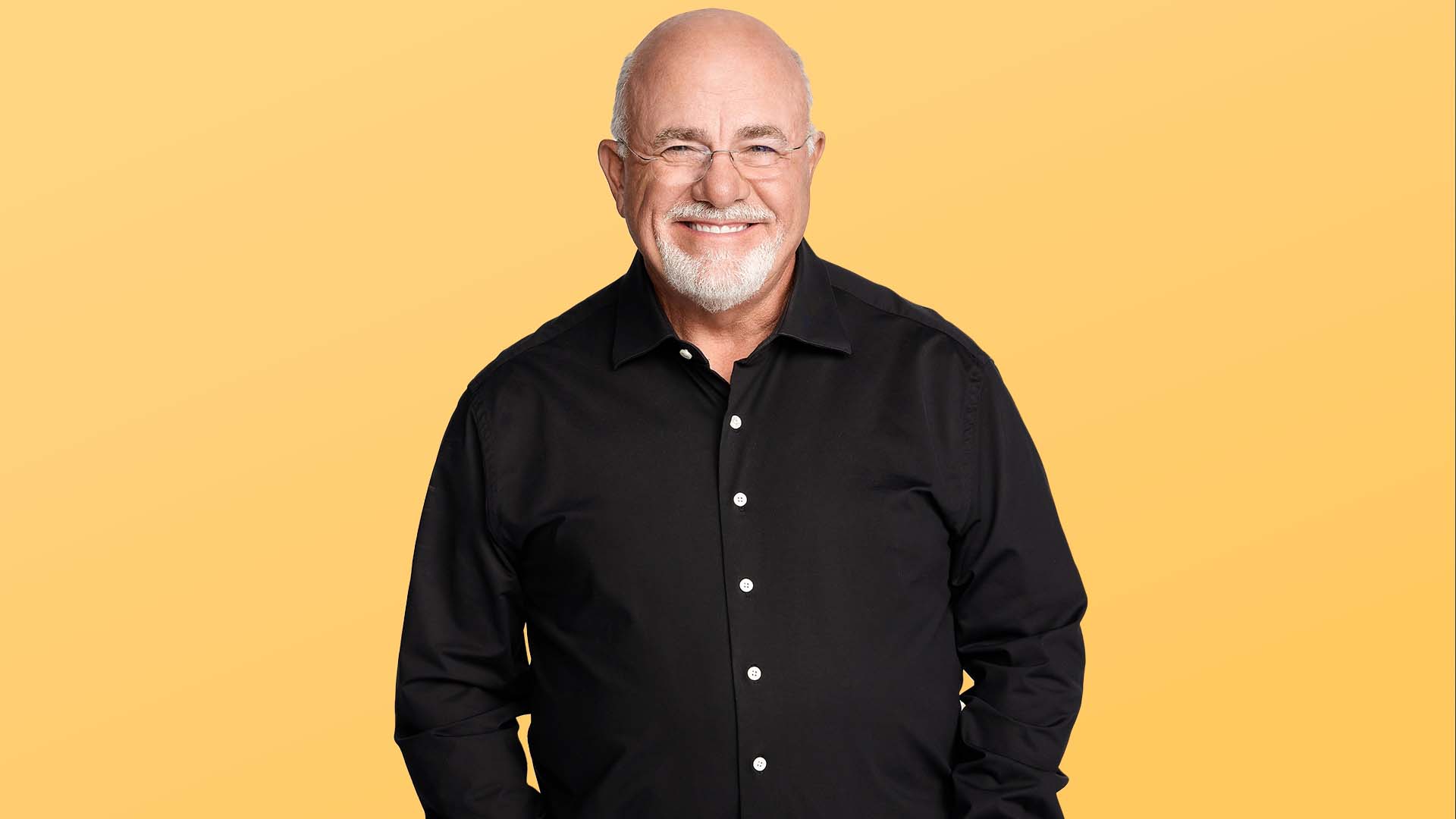Pre-Tax vs. Roth: Why This One Retirement Decision Confuses So Many People

Commitment to Our Readers
GOBankingRates' editorial team is committed to bringing you unbiased reviews and information. We use data-driven methodologies to evaluate financial products and services - our reviews and ratings are not influenced by advertisers. You can read more about our editorial guidelines and our products and services review methodology.

20 Years
Helping You Live Richer

Reviewed
by Experts

Trusted by
Millions of Readers
One of the most common retirement questions people face is also one of the most confusing. As you build your retirement savings, should you contribute to a pre-tax account like a 401(k) or IRA, or put your money in a Roth?
Preston Seo understands the confusion. As founder of The Legacy Investing Show with more than six million followers, he says he’s fielded this question countless times from everyday savers trying to plan their future. We caught up with him as part of GOBankingRates’ Top 100 Money Experts series, to get his insights on the nuances of each option.
The pre-tax vs. Roth choice affects your paycheck today and your tax bill in retirement. But Seo said the decision “doesn’t have to be overwhelming if you understand the basics.”
The Simple Difference Between Pre-Tax and Roth
Seo breaks down the fundamental difference in one word: timing.
“Pre-tax contributions go in before taxes, so your current taxable income drops and your paycheck stays a bit larger,” he explained. “You’ll pay ordinary income tax on both the original money and its growth when you withdraw it in retirement.”
With pre-tax contributions, you get an immediate tax deduction. If you contribute $5,000 to a traditional 401(k), your taxable income generally falls by $5,000 for that year. You pay less in taxes now, but you’ll owe income tax on what you withdraw in retirement.
Roth contributions work the opposite way.
“Roth contributions are made with after-tax dollars,” Seo said. “Your paycheck is a little smaller today, but the money grows tax-free and can be taken out tax-free later.”
With Roth, you pay taxes upfront on the money you contribute. But once it’s in the account, it grows without any future tax obligations. When you retire and start taking qualified withdrawals, you won’t owe a penny in taxes.
How To Think Through the Decision
Many people get stuck trying to choose between the two options. Seo recommends starting with a simple comparison.
“Start by comparing today’s tax bracket with the one you expect in retirement,” he advised. “If you believe you’re in a relatively low bracket now, paying tax upfront with a Roth often makes sense.”
This makes intuitive sense. If you’re paying a low tax rate today, it’s better to pay those taxes now and avoid potentially higher rates later. Young people just starting their careers often fall into this category.
The opposite is true for high earners.
“If you think today’s bracket is higher, or you need the deduction to stay under certain income thresholds, pre-tax can help,” Seo explained.
For someone in a high tax bracket who expects to spend less in retirement, the immediate tax savings from pre-tax contributions could be more valuable than future Roth tax-free withdrawals.
Read Next: I Help People Retire Every Day — Here’s the Most Common Retirement Mistake People Make
What To Do When the Future Feels Uncertain
But what if you can’t predict your future tax rate? Seo has a solution for that too.
“When future rates feel unpredictable, use a tax diversification approach,” he said. “Contribute to both types so you have options no matter how the tax landscape changes.”
This hedge-your-bets approach recognizes that no one can perfectly predict future tax policy or their personal financial situation decades from now.
Why Combining Both Often Makes Sense
Seo actually thinks combining pre-tax and Roth contributions is often the smartest strategy. The benefits go beyond just uncertainty protection.
“Splitting contributions gives you flexibility later on,” he explained. “In retirement you can pull from the pre-tax bucket to fill up lower tax brackets and tap Roth dollars once you reach higher brackets, smoothing out your overall tax bill.”
This strategy lets you optimize your tax situation in retirement. You can withdraw from your traditional accounts first to take advantage of lower tax brackets, then switch to tax-free Roth withdrawals once you hit higher brackets.
There are other advantages to the combination approach. Roth accounts don’t have required minimum distributions (RMDs), and workplace Roth accounts generally no longer require RMDs for the original owner. Pre-tax contributions, on the other hand, reduce your current taxable income and can help cash flow today.
“Using both lets you balance those benefits,” Seo noted.
A Real-World Example
Here’s how the combination strategy might work in practice:
Let’s say you’re 30 years old and contribute $10,000 annually to retirement accounts. You put $6,000 in a traditional 401(k) (pre-tax) and $4,000 in a Roth IRA. The pre-tax contribution reduces your current taxable income by $6,000, lowering your tax bill today. The Roth portion builds tax-free growth for the next 35 years.
In retirement, you have options. You might withdraw $20,000 from your traditional account (paying taxes on that amount) and $10,000 from your Roth (tax-free). This lets you manage your overall tax bill based on your specific situation at the time.
When One Option Clearly Wins
While Seo generally recommends the combination approach, there are situations where one option clearly makes more sense.
- Young people in low tax brackets should heavily favor Roth contributions. They’re paying low tax rates now and have decades for tax-free growth.
- High earners approaching retirement might prefer pre-tax contributions for the immediate tax savings, especially if they expect to spend significantly less in retirement.
- People with employer matching should always contribute enough to get the full match first, regardless of whether it’s pre-tax or Roth. Free money from your employer beats any tax consideration.
The Bottom Line on Pre-Tax vs. Roth
Seo’s approach takes the stress out of the decision. Instead of trying to predict the unpredictable, focus on your current situation and hedge your bets for the future.
The most important thing is to start saving for retirement, regardless of which type of account you choose. Both pre-tax and Roth contributions beat keeping money in a regular savings account.
As Seo puts it: “Small, boring actions done daily turn into freedom.” Whether those actions involve pre-tax contributions, Roth contributions, or a combination of both, the key is consistency over time.
This article is part of GOBankingRates’ Top 100 Money Experts series, where we spotlight expert answers to the biggest financial questions Americans are asking. Have a question of your own? Share it on our hub — and you’ll be entered for a chance to win $500.
 Written by
Written by  Edited by
Edited by  Money Expert
Money Expert 









































































































